Elephant welfare is not taken into consideration
The elephants used in the tourism industry today are mostly from wild elephants, usually between the ages of 2 and 4. This is the stage when they are most easily controlled and tamed. However, this process is a series of extreme behaviors to "break the spirit" of the baby elephants so that they submit. After that, the baby elephants continue to be trained to pull wood, carry passengers, etc. Once tamed, the elephants can be sold to individuals and organizations (zoos, tourist areas). This is the origin of most of the elephants at the locations providing elephant riding services in our country.
Biologically, elephants are not designed to carry a lot of weight on their backs. However, in tourist areas, each elephant must carry 1 to 3 tourists sitting on a saddle - a metal saddle, fastened by straps around the chest and tail. Friction from the saddle, ligaments, combined with high intensity of work can cause a series of serious injuries such as spinal deformities, blisters, dermatitis, and even severe infections in the back area, causing the elephants a lot of pain.
When not working, elephants are often chained in place or locked in cramped cages that do not meet their basic physical needs. With an average weight of 4-5 tons, standing for too long on hard ground or concrete puts a lot of pressure on the elephant's bones, joints, legs, and hooves. Many individuals have suffered from cracked hooves, dermatitis, leg deformities, and bone and joint diseases.
Tourists, especially children, directly experience elephant riding services without any protective measures. (Photo: Animals Asia) |
The most common tool used by mahouts to train elephants is a 1 meter long iron hook with a hook and a sharp point. This tool is used to maintain control and acts as a form of physical punishment when the elephant is disobedient. The trainer mainly pokes sensitive areas such as the forehead and behind the ears, causing the elephant to feel extremely uncomfortable and forcing it to obey.
Elephants are highly intelligent and emotional animals, and are complex social animals, so living in an environment lacking many social factors can cause elephants to fall into a state similar to depression, greatly affecting their welfare. Abnormal repetitive behaviors such as constantly swinging their trunks, aimlessly lifting their legs, or not responding to stimuli are all consequences of “learned helplessness”, when elephants no longer want to resist or change their unfavorable living conditions. When elephants give up their efforts to live according to their instincts, in the long run, they can cause psychological trauma and behavioral disorders.
Elephant riding services in tourism need to be ended
Although elephant riding services in tourism bring economic benefits to some individuals and organizations, from a legal perspective, this activity reveals many contradictions, especially the conflict between the goal of profit and the conservation of endangered species.
Although according to the law on commerce, elephant riding services fully meet the elements of commercial activities, according to the regulation that commercial activities are "activities for profit", including "service provision". Organizing elephant rides for tourists with a fee is a commercial transaction, with the participation of the service provider, the service user and the payment and profit factors. However, from the perspective of specialized laws on wildlife protection, this service has potential signs of violation. Clause 1, Article 4 of Decree 06/2019/ND-CP stipulates that Asian elephants (Elephas maximus) belong to Group IB - a group of endangered, precious and rare wild animals that are strictly prohibited from exploitation and use for commercial purposes. According to Clause 10, Article 3, "for commercial purposes" is any transaction for profit; Meanwhile, Clause 11 (amended by Decree 84/2021/ND-CP) specifically lists cases of “non-commercial purposes” and clearly, elephant riding is not among them.
Some of the problems involve elephants' legs and the fact that elephants have to wear metal harnesses to carry passengers. (Photo: Animals Asia) |
This reality has posed a complex legal situation: if elephants have been legally registered under Article 14 of this Decree, meaning they are raised for non-commercial purposes, but are used to transport passengers for a fee, this is an act of taking advantage of the registration mechanism to legalize illegal commercial exploitation. On the contrary, if registered under Article 15, raised for commercial purposes, the facility must simultaneously meet strict conditions such as: legal origin, suitable cages and most importantly, there must be a written confirmation from the CITES Scientific Authority of Vietnam that the raising does not negatively affect the existence of the species in the wild. However, with elephants, a species that is strictly prohibited from being exploited for commercial purposes, legal registration is almost impossible from a legal perspective.
The open and prolonged existence of elephant riding services - despite a relatively complete regulatory system - shows a significant gap in supervision and law enforcement. The continued abuse of elephants at tourist establishments not only undermines the prestige of state management in the field of conservation, but also accelerates the decline in the health, longevity and natural habits of the species. That is not to mention that according to Clause 2 and Clause 3, Article 13 of the 2017 Law on Tourism, tourism management and business units are responsible for ensuring the safety of tourists, including risk prevention, warning of danger and organizing rescue forces when necessary. However, elephant riding activities at many tourist destinations currently do not meet these requirements, potentially endangering the safety of tourists and showing signs of violating the provisions of the 2017 Law on Tourism.
While the elephant riding model is showing many shortcomings, elephant-friendly tourism is becoming a more humane and sustainable direction. Instead of forcing elephants to carry passengers, this model allows elephants to live naturally, without bringing peace, without direct contact with tourists. This is also a form of elephant exploitation in tourism, but not for commercial purposes - but towards conservation, ensuring that it meets the criteria suitable for the growth characteristics of elephants, as well as ensuring the safety of tourists according to the provisions of Article 14 of Decree 06/2019/ND-CP.
A typical example is the Technical Support project to implement the conversion of elephant riding tourism model to elephant-friendly tourism model in Dak Lak province, implemented by Animals Asia in coordination with Dak Lak Provincial People's Committee. In 2021, Dak Lak Provincial People's Committee and Animals Asia signed a memorandum of understanding on cooperation to build a model friendly to domesticated elephants, aiming to end the use of elephant riding tourism model and activities affecting the welfare of domesticated elephants in tourism and festivals, contributing to the conservation of domesticated elephants in Dak Lak. To concretize this memorandum, Dak Lak Provincial People's Committee approved a technical support project to implement the conversion of elephant riding tourism model to elephant-friendly tourism model in the province, with a funding source of more than 55 billion VND sponsored by AAF. The goal is to implement an elephant-friendly tourism model, aiming to end elephant riding tourism activities and improve the welfare of domesticated elephants; maintain and conserve the domesticated elephant population in Dak Lak province. The project will be implemented from November 2022 to December 2026, aiming at an elephant-friendly tourism model implemented in Buon Don and Lak districts. Thereby, completely replacing the form of elephant riding tourism; the domesticated elephant herd is preserved, cared for, ensuring welfare, prolonging its lifespan; the elephant owners and riders are compensated for the loss of income due to the cessation of elephant riding services; tourist centers are provided with technical support to convert to an elephant-friendly tourism model... This model not only significantly improves the welfare of elephants, but also brings authentic experiences to visitors, contributing to raising public awareness of nature conservation.
Recently, Long Phu Tourism Joint Stock Company has officially ended elephant riding activities since March 22, 2025, to switch to more friendly and respectful forms of tourism for elephants. This is a very welcome step, reflecting the response to public pressure.
Tuan Ngoc - Phung Cuc
Source: https://baophapluat.vn/du-lich-than-thien-voi-voi-huong-di-nhan-van-de-bao-ve-loai-voi-post547917.html


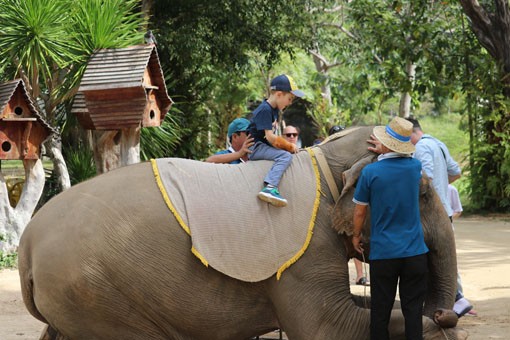
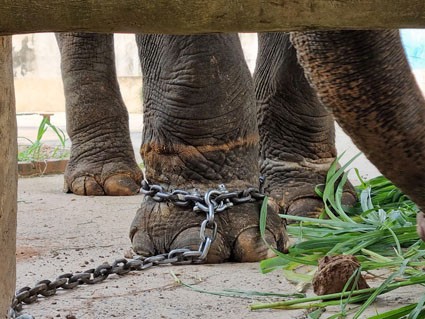
![[Photo] Prime Minister Pham Minh Chinh chairs the Government's special meeting on law-making in May](https://vphoto.vietnam.vn/thumb/1200x675/vietnam/resource/IMAGE/2025/5/22/1c880aae96fd4e0894abc47a46fe19ba)


![[Photo] Prime Minister Pham Minh Chinh attends the groundbreaking ceremony of Trump International Hung Yen Project](https://vphoto.vietnam.vn/thumb/1200x675/vietnam/resource/IMAGE/2025/5/21/ca84b87a74da4cddb2992a86966284cf)

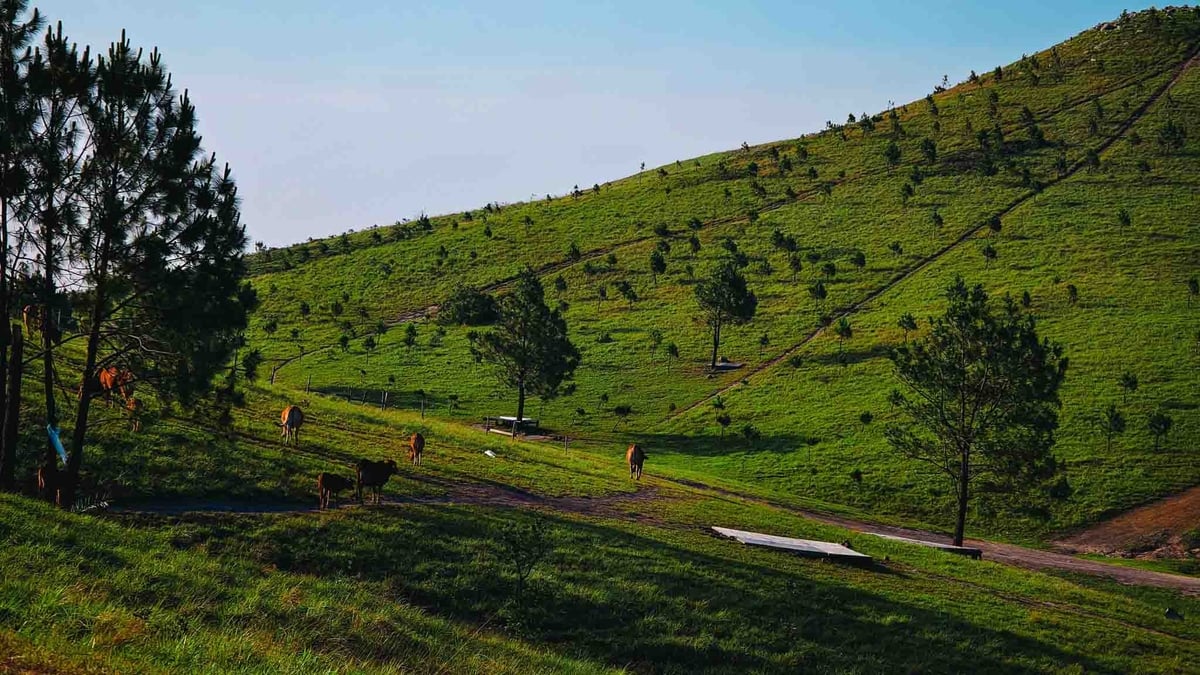


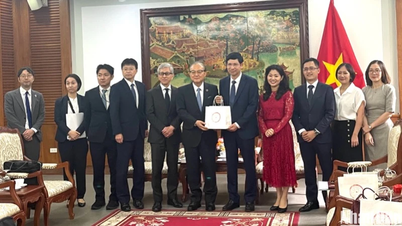





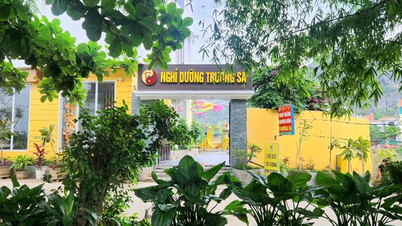






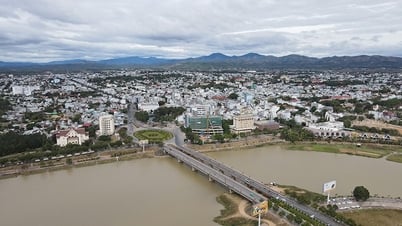





































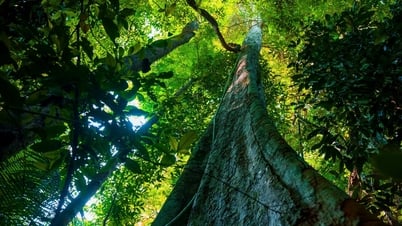

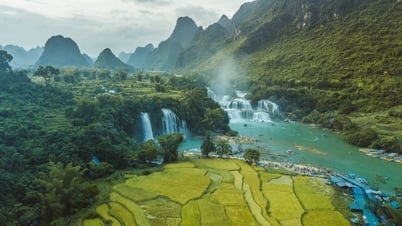


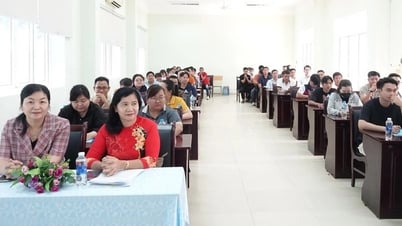


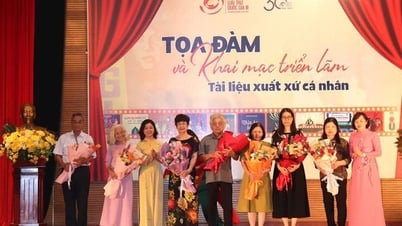
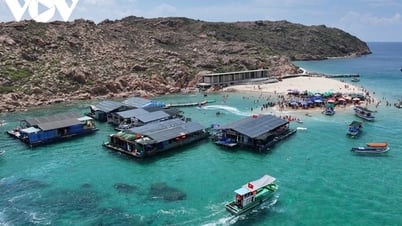
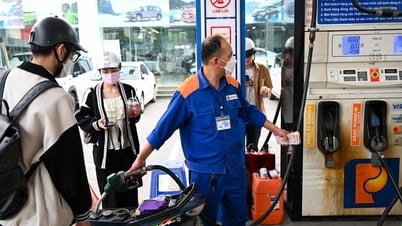



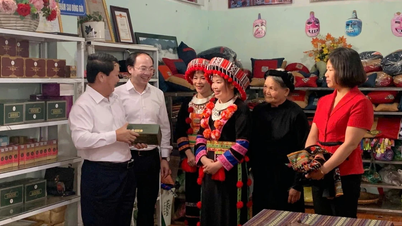

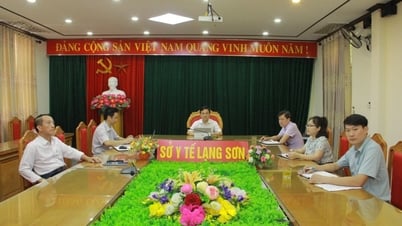

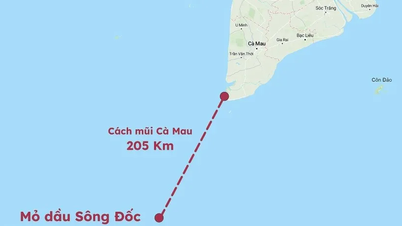

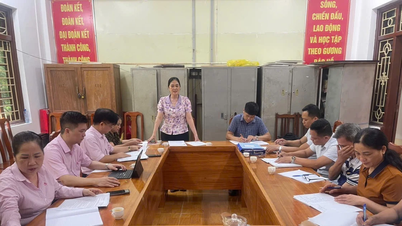






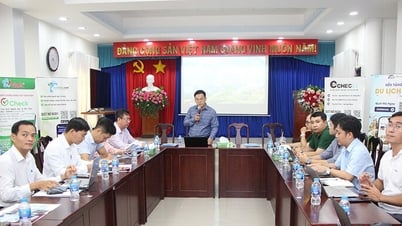

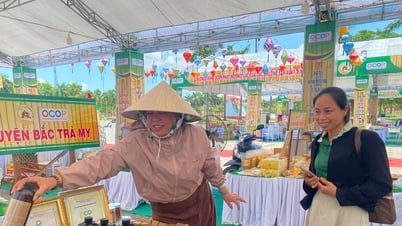

Comment (0)